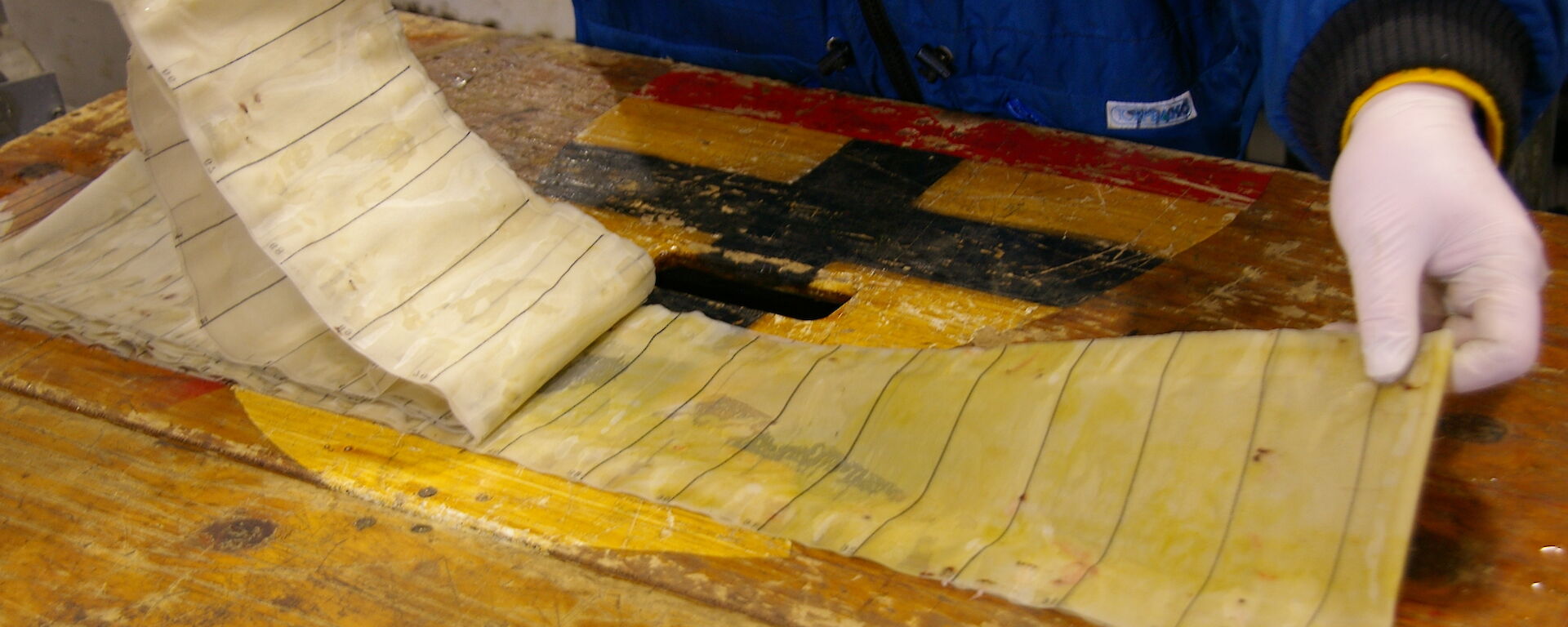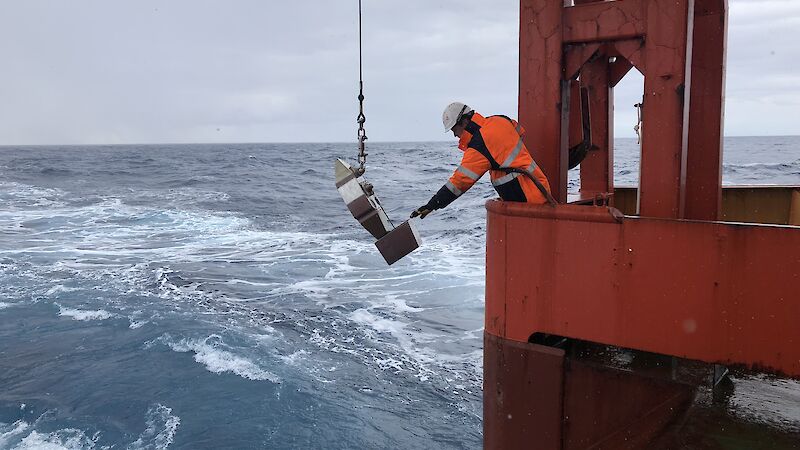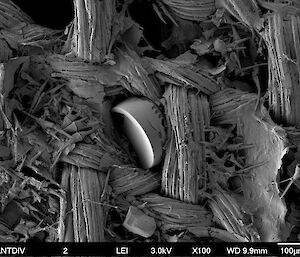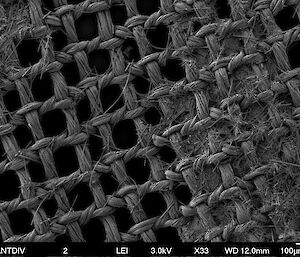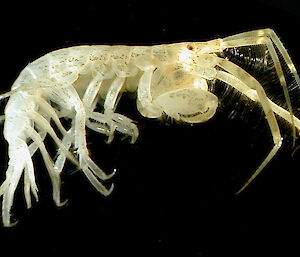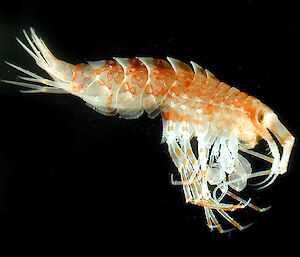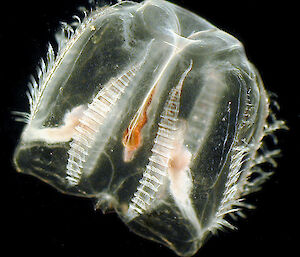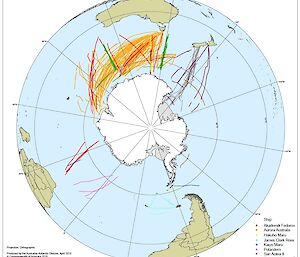Australia’s icebreaker RSV Aurora Australis is steaming south to Antarctica and over the last week has been towing an ingenious plankton sampling device.
The Continuous Plankton Recorder (CPR) traps plankton swimming in the ocean between moving sheets of silk.
The silk-and-plankton sandwich is wound up in a removable cassette, driven by the passing water turning a propeller, at a constant rate of 1cm for each nautical mile travelled.
Each tow lasts about 450 nautical miles, and also records ocean and climate data at the same time.
CPR surveys have been run by the Australian Antarctic Program in the Southern Ocean since 1991, involving ships from several nations.
A staggering amount of data has been amassed — around 47,000 samples analysed from more than 1000 CPR tows for a total of approximately 240,000 nautical miles.
This long-term monitoring (supported by the Scientific Committee on Antarctic Research) is crucial to map the shifting patterns of plankton biodiversity in the Southern Ocean, and provide early warning signs of its changing health.

